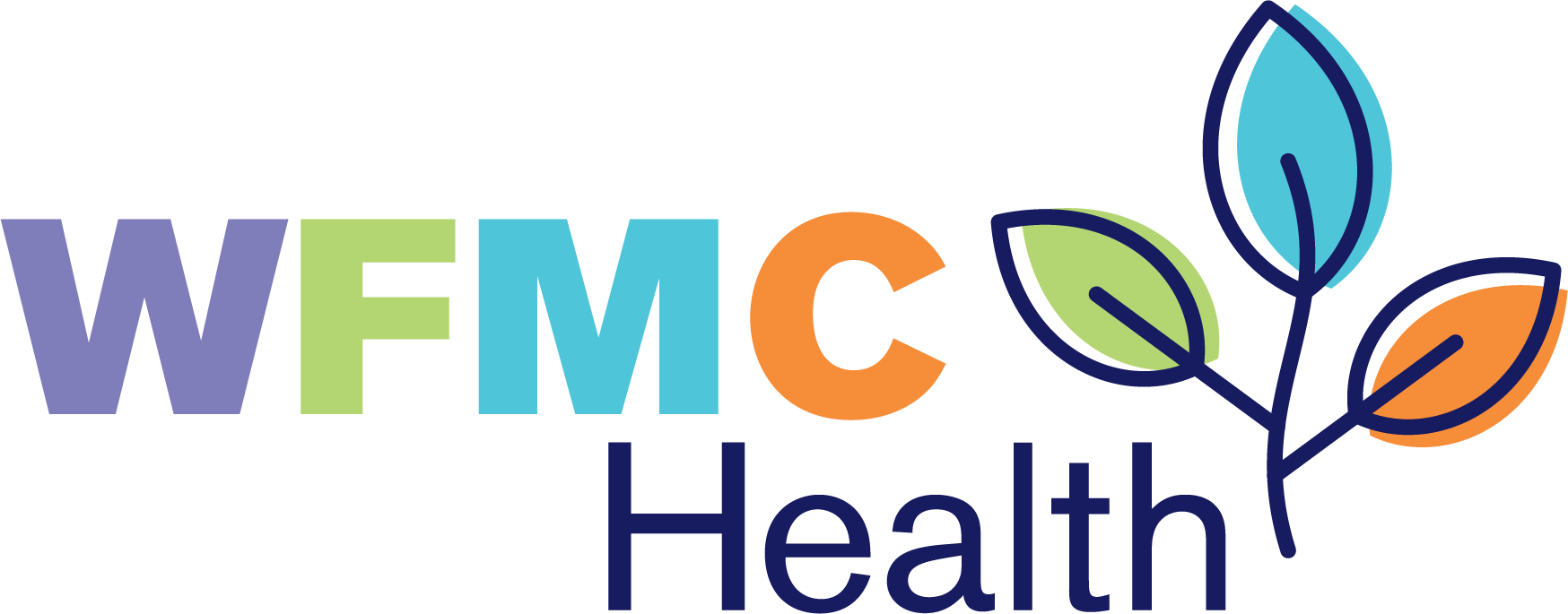Recognizing the Early Signs of Testicular Cancer
As an adult or a parent, it’s important to know about your and your loved ones’ health, including any potential symptoms of illnesses or diseases. One such disease is testicular cancer, which can affect males of any age—but is most commonly diagnosed in men between the ages of 15 and 44.
April is Testicular Cancer Awareness Month. Early detection can be critical for effective treatment and positive outcomes, which means it’s essential to be familiar with the cancer’s early signs.

Early Warning Signs of Testicular Cancer
Since testicular cancer is common among males of 15 to 44 years, people in this age group must be aware of the symptoms. Here are some signs to watch out for:
- A lump or swelling in the testicles – This is the most common symptom of testicular cancer and is typically painless. It may feel like a small bump or a hard, smooth area.
- Pain or aches in the testicles – Although testicular cancer is usually not painful, you may experience a dull ache or sharp pain in the testicles.
- Changes in testicle size or shape – If you notice that one of your testicles is larger or has changed shape, it could be a sign of testicular cancer.
- Heavy or dragging sensation in the scrotum – If you experience a heavy or dragging feeling in the scrotum, it could indicate the presence of a tumor.
Other Signs to Look Out For
In addition to these signs, it’s important to keep an eye on any changes in your testicular health. If you feel pain or discomfort when engaging in physical activity or during sexual activity, it could be an indicator of a problem. Seeking medical attention in this case is crucial. A doctor can perform a physical examination and run tests to determine if cancer is present.
For parents of teenage boys above 15 years of age, open communication about health concerns can help your child feel comfortable coming to you and/or his doctor if he has pain or feels a physical change in his testicles.
Being aware of the early indicators of testicular cancer is vital for maintaining good health and well-being. Being aware, recognizing these signs, and seeking medical attention as soon as possible can increase the chances of effective treatment.
This blog was first published on WFMCHealth.org.
